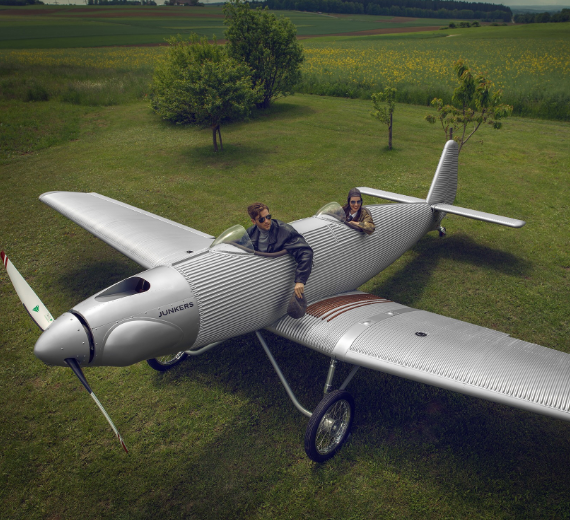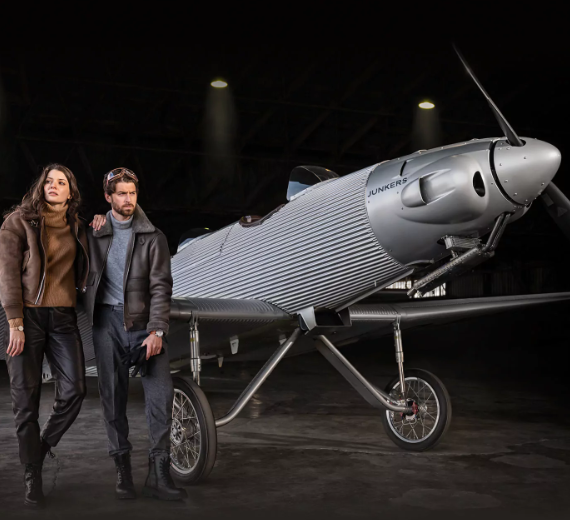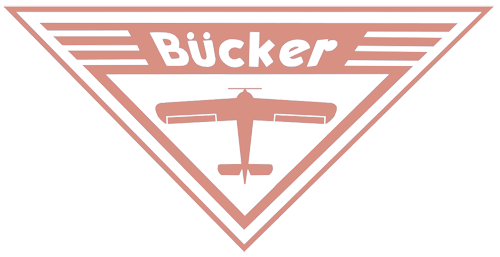FW Flugzeugbau AG
Focke Wulf FW-200 Condor
Role Airliner, reconnaissance, bomber,
transport aircraft and maritime patrol aircraft
Manufacturer Focke-Wulf
First flight 27 July 1937
Primary users Luftwaffe
Deutsche Lufthansa
Syndicato CondorProduced 1937 - 1944
Number built 276
.
History Focke-Wulf Flugzeugbau AG
Focke Wulf FW-200 Condor "Kurier"
 The Focke-Wulf Fw 200 Condor, also known as Kurier (German for courier) to the Allies, is a German all-metal four-engined monoplane originally developed by Focke-Wulf as a long-range airliner. A Japanese request for a long-range maritime patrol aircraft led to military versions that saw service with the Luftwaffe as long-range reconnaissance and anti-shipping/maritime patrol bomber aircraft. The Luftwaffe also made extensive use of the Fw 200 as a transport aircraft.
The Focke-Wulf Fw 200 Condor, also known as Kurier (German for courier) to the Allies, is a German all-metal four-engined monoplane originally developed by Focke-Wulf as a long-range airliner. A Japanese request for a long-range maritime patrol aircraft led to military versions that saw service with the Luftwaffe as long-range reconnaissance and anti-shipping/maritime patrol bomber aircraft. The Luftwaffe also made extensive use of the Fw 200 as a transport aircraft.
The Fw 200 resulted from a proposal by Kurt Tank of Focke-Wulf to Dr. Rudolf Stuessel of Deutsche Lufthansa to develop a landplane to carry passengers across the Atlantic Ocean to the US. At the time, it was an unusual concept because airlines used seaplanes on long over-water routes. To fly long distances economically, the Fw 200 was designed to cruise at an altitude of over 3,000 m (9,800 ft) - as high as possible without a pressurized cabin. Existing airliners were designed to cruise at altitudes below 1,500 m (4,900 ft). The Fw 200 was briefly the world's most modern airliner, until other high-altitude airliners started operating: the Boeing 307 Stratoliner in 1940 and the Douglas DC-4 in 1942. The designation "Condor" was chosen because, like the condor bird, the Fw 200 had a very long wingspan relative to other planes of its era, to facilitate then high-altitude flight
Operational history


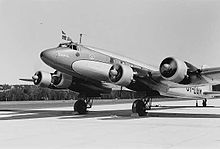
The Fw 200 was operated by Deutsche Lufthansa, DDL and Lufthansa's Brazilian subsidiary Syndicato Condor. Dai Nippon KK of Japan also ordered Fw 200 airliners. These could not be delivered to Japan once the war began, so they were delivered to Deutsche Lufthansa instead. On 14 April 1945 an Fw 200 flew Lufthansa's last scheduled service before the end of World War II, from Barcelona to Berlin. Other airlines continued to operate the Fw 200 after the end of World War II.
The first prototype, the Fw 200 V1, upgraded with extra fuel tanks and redesignated Fw 200 S-1, made several record flights. It was the first heavier-than-air craft to fly nonstop between Berlin and New York City, about 4,000 miles (6,400 km), making the flight from Berlin-Staaken to Floyd Bennett Field on 10/11 August 1938 in 24 hours and 56 minutes. The return trip on 13 August 1938 took 19 hours and 47 minutes. These flights are commemorated with a plaque in Böttcherstraße, a street in Bremen. Beginning on 28 November 1938 it flew from Berlin to Tokyo via Basra, Karachi and Hanoi
0
KmCeiling
0
KmCombat RANGE
0
Km/hAircraft Speed
0
Max Crew
Photo Gallery
Focke-Wulf Flugzeugbau AG
Focke Wulf FW-200 Condor "Kurier"


Focke-Wulf Flugzeugbau AG
Focke Wulf FW-200 Condor "Kurier"
General Info
-
-
- Crew: five
- Capacity: 30 fully armed troops in transport configuration
- Length: 23.45 m (76 ft 11 in)
- Wingspan: 32.85 m (107 ft 9 in)
- Height: 6.3 m (20 ft 8 in)
- Wing area: 119.85 m2
-
Powerplant
-
-
- Empty weight: 17,005 kg
- Max takeoff weight: 22,714 kg
- Powerplant: 4 × Bramo 323R-2 9-cylinder single-row air-cooled radial piston engine , 809 kW (1,085 hp) each
- Propellers: 3-bladed variable-pitch propellers
-
Performance
- Maximum speed: 380 km/h (240 mph, 210 kn) at 4,800 m
- Cruise speed: 335 km/h (208 mph, 181 kn) at 4,000 m (Max cruise)
- Range: 3,560 km (2,210 mi,
- Endurance: 14 hours
- Service ceiling: 6,000 m
Armament
-
- Guns: ** 1 × 7.92 mm (0.312 in) MG 15 machine gun in Drehkranz D-30 forward dorsal turret with 1,125 rounds
- 1 × 13 mm (0.51 in) MG 131 machine gun in aft dorsal turret with 1,000 rounds
- 1 × 20 mm (0.79 in) MG 151 cannon in forward ventral gondola position with 800 rounds
- Bombs: Up to 1,000 kg of bombs internally or up to 5,400 kg
-
- Guns: ** 1 × 7.92 mm (0.312 in) MG 15 machine gun in Drehkranz D-30 forward dorsal turret with 1,125 rounds
.
Links to Youtube & Others
Only one complete reconstructed Fw 200 exists today, an aircraft that ditched in February 1942 and sank to a depth of 60 m (197 ft). This aircraft was raised from Trondheim Fjord in Norway on 26 May 1999.
Focke Wulf AG
FW-200 Condor
At the suggestion of his personal pilot Hans Baur, Adolf Hitler specified a modified and unarmed prototype Condor, the Fw 200 V3, as his personal transport, as a replacement for his Junkers Ju 52.
Youtube Link
Chronic fuel shortages and enemy air superiority over the 189 defence area (chiefly Berlin) meant that few aircraft were shot down by these craft.
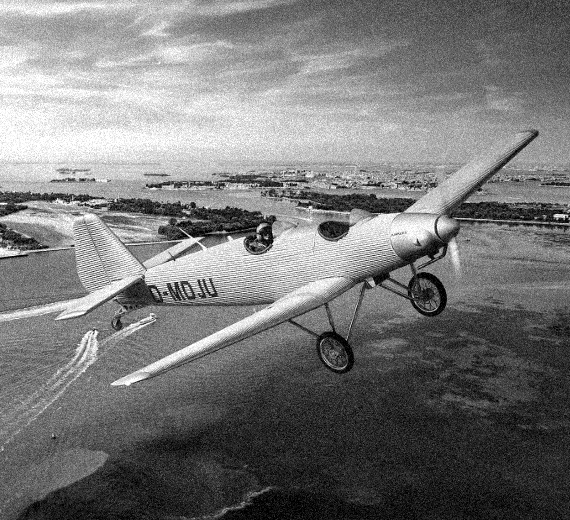

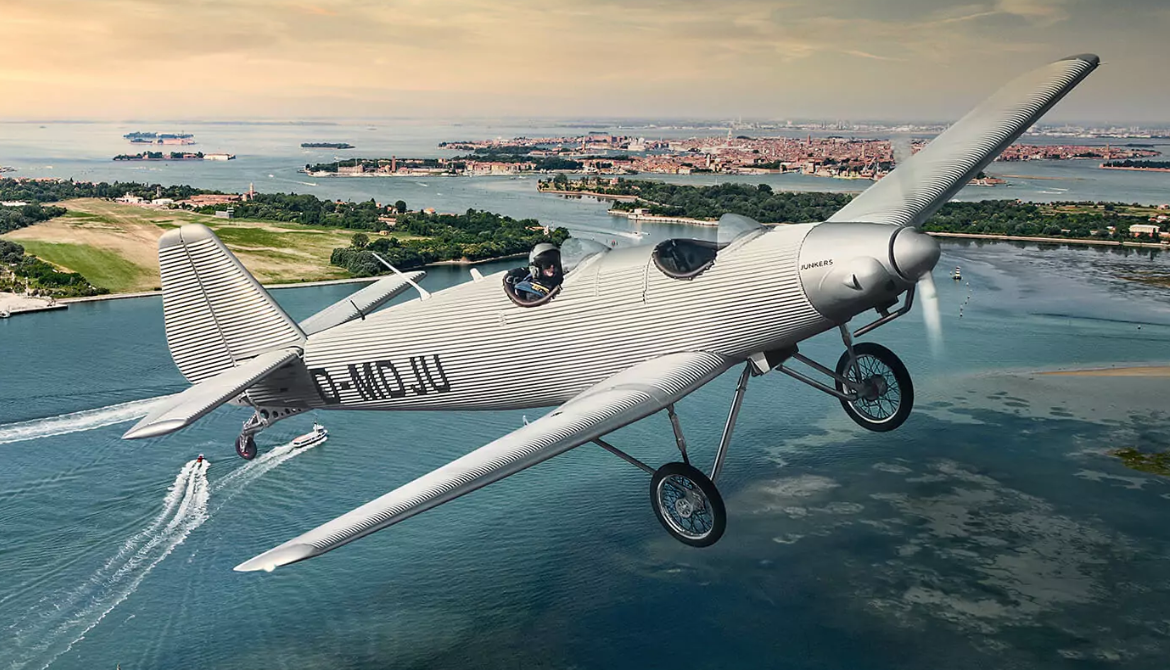
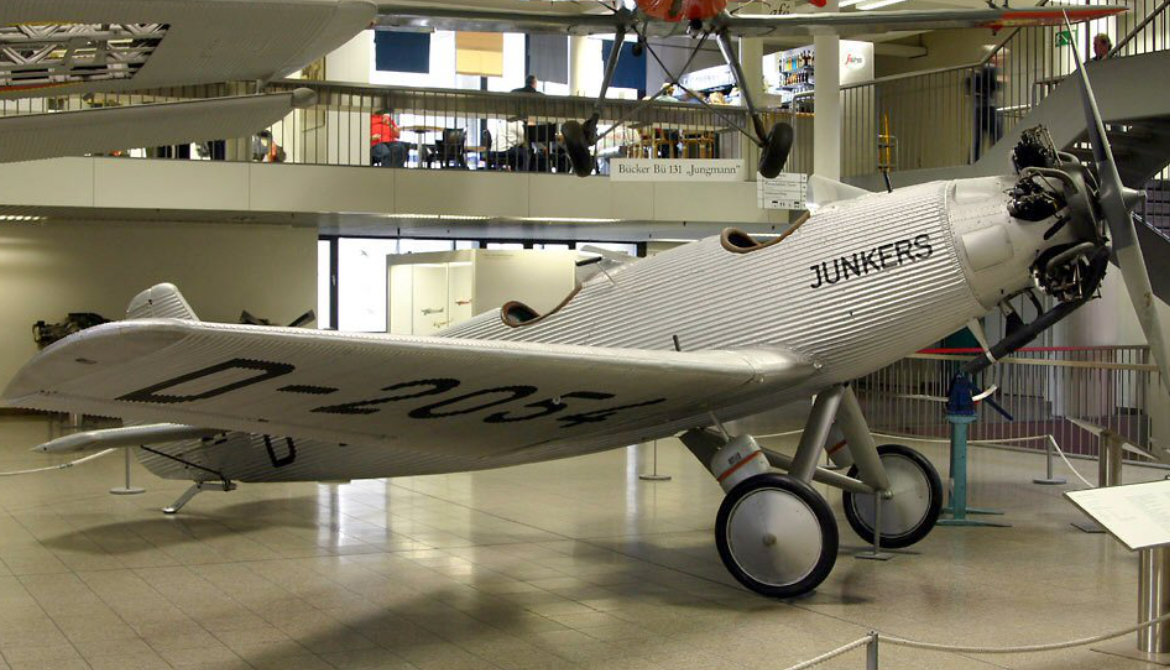
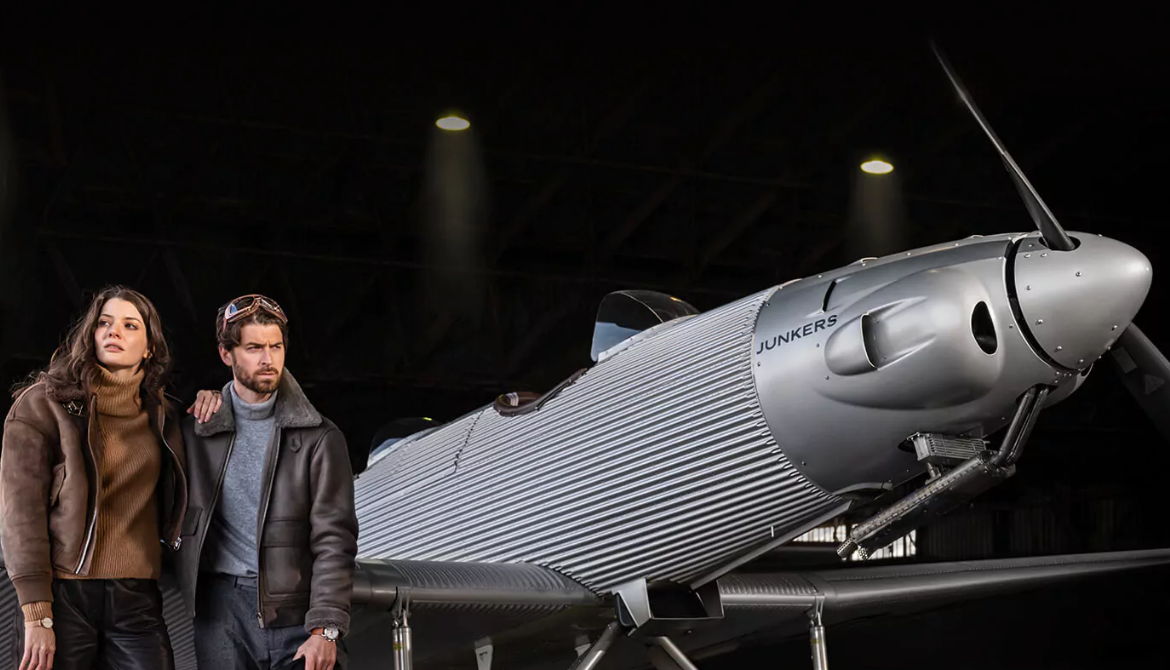
-1942-0A.png)
